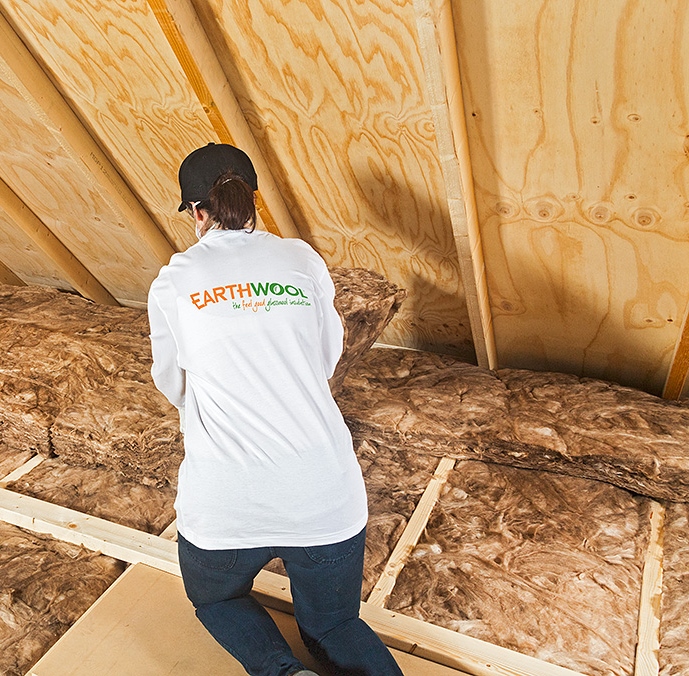Batt insulation for the ceilings is a crucial component of any home’s energy efficiency and comfort. Whether you’re building a new home or renovating an existing one, properly insulating your ceiling with batt insulation can help reduce energy costs, regulate indoor temperatures, and enhance overall comfort. In this comprehensive guide, we’ll explore everything you need to know about batt insulation for the ceiling, including its benefits, installation methods, materials, and tips for maximizing effectiveness.

Understanding Batt Insulation for Ceiling
Batt insulation for the ceiling is a type of insulation material that comes in pre-cut panels or rolls. Made from materials such as fiberglass, mineral wool, or natural fibers, batt insulation is designed to fit snugly between ceiling joists or rafters, providing thermal resistance and preventing heat transfer between the interior and exterior of your home.
Benefits of Batt Insulation for Ceiling
- Improved Energy Efficiency: Batt insulation helps prevent heat loss in the winter and heat gain in the summer, reducing the workload on your heating and cooling systems and lowering energy bills.
- Enhanced Comfort: By maintaining consistent indoor temperatures, batt insulation creates a more comfortable living environment year-round, eliminating hot and cold spots and minimizing drafts.
- Sound Absorption: In addition to thermal resistance, batt insulation also provides sound absorption properties, reducing noise transmission between floors and rooms for a quieter home environment.
- Moisture Control: Some types of batt insulation are treated with moisture-resistant materials, helping to prevent mold and mildew growth in the ceiling cavity and improving indoor air quality.
Types of Batt Insulation Materials
Batt insulation for the ceiling is available in various materials, each with its own unique properties and benefits:
- Fiberglass: Made from spun glass fibers, fiberglass batt insulation is lightweight, non-combustible, and resistant to moisture, making it a popular choice for ceiling insulation.
- Mineral Wool: Recycled slag and basalt rock make mineral wool batts, providing excellent fire resistance, sound absorption, and thermal performance.
- Natural Fibers: Insulation materials such as cotton, wool, and cellulose are derived from renewable resources and offer environmentally friendly alternatives to traditional insulation materials.
Read too: How To Extend Kitchen Cabinets To The Ceiling: A Complete Guide for Maximizing Space and Style
Installation Methods
Installing batt insulation for the ceiling requires careful planning and attention to detail to ensure optimal performance:
- Measurements: Measure the distance between ceiling joists or rafters to determine the width and thickness of batt insulation needed for your space.
- Cutting: Use a utility knife or insulation cutter to trim batt insulation panels to the appropriate size, taking care to avoid compressing the insulation, which can reduce its effectiveness.
- Placement: Place batt insulation between ceiling joists or rafters, ensuring a snug fit and full coverage without gaps or voids.
- Vapor Barrier: In regions with high humidity or moisture levels, consider installing a vapor barrier over the insulation to prevent condensation and moisture infiltration.
Tips for Maximizing Effectiveness
To maximize the effectiveness of batt insulation for the ceiling, consider the following tips:
- Seal Air Leaks: Before installing batt insulation, seal any air leaks or gaps in the ceiling structure to prevent drafts and ensure a tight thermal envelope.
- Proper Ventilation: Ensure adequate attic ventilation to prevent moisture buildup and maintain proper airflow, which can help extend the life of your insulation and prevent mold growth.
- Professional Installation: If you’re unsure about installing batt insulation yourself, consider hiring a professional contractor with experience in ceiling insulation to ensure proper installation and optimal performance.
Conclusion
Batt insulation for the ceilings is a cost-effective and efficient way to improve your home’s energy efficiency, comfort, and indoor air quality. By understanding the benefits, materials, installation methods, and tips for maximizing effectiveness of batt insulation, you can make informed decisions about insulating your home and enjoy year-round comfort and savings on energy bills.